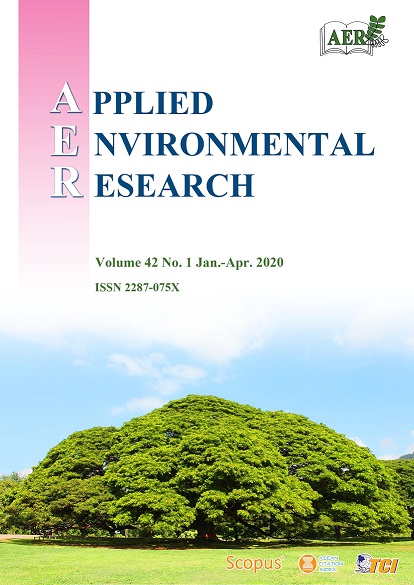Biomass Leaching and Dynamics of Nutrients, Microbial Abundance and Activity during Decomposition of Seagrass Cymodocea rotundata Necromass
Main Article Content
Abstract
Examining how seagrass decomposition contributes to trophic pathways in marine ecosystems is crucial in understanding seagrass production. Decomposition rates of seagrasses may depend on many factors such as chemical composition and microbial colonization. In this study, microbial colonization and changes in chemical composition of decomposing material (necromass) of Smooth Ribbon Seagrass, Cymodocea rotundata of Bogtong Bay, Lahuy Island, Caramoan, Philippines were monitored. Seagrass litter were placed in litterbags and incubated in the seagrass meadow in situ for 56 d. Serial dilution, viable plate counts and microbial oxygen consumption analyses were done and gravimetry, Kjeldahl method and acid hydrolysis were used respectively to measure the change in carbohydrate, protein and nitrogen content of the decomposing necromass. Results showed that the decomposition processing rate was 0.27 to 2.51% biomass (g dw) loss per day with a half-life of 2.36 to 2.88 d. Growth of bacteria was greater than fungi throughout the course of experiment. Bacterial abundance (CFU mL-1) fluctuated throughout the experimental period while fungal abundance initially increased but gradually decreased and the initially observed marine fungi ceased to grow in decaying litter until the end of the experiment indicating that heterotrophic bacteria contribute more in the decomposition of seagrass litter. Oxygen consumption as well as protein, lipids and nitrogen content of litter decreased by as over the days of incubation. Therefore, as decomposition proceeds, litter biomass was leached resulting in carbohydrate content loss. But the remaining tissues of decaying C. rotundata were eventually colonized by bacteria and fungi. This further contributes to mineralization of the litter and gradual release of nutrients that could be considered as important trophic inputs to the ecosystem.
Article Details

This work is licensed under a Creative Commons Attribution-NonCommercial 4.0 International License.
Published articles are under the copyright of the Applied Environmental Research effective when the article is accepted for publication thus granting Applied Environmental Research all rights for the work so that both parties may be protected from the consequences of unauthorized use. Partially or totally publication of an article elsewhere is possible only after the consent from the editors.

